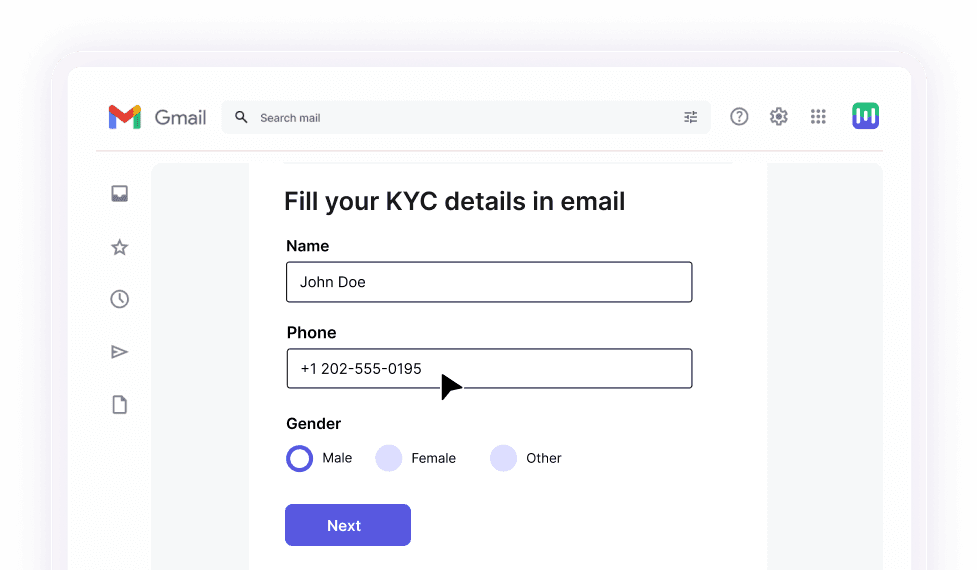7 real-life examples of effective customer engagement
Different brands use tailored tactics to engage their customers, aligning strategies with their specific goals and brand image. Let’s explore some noteworthy examples:
1. Starbucks
Starbucks' rewards program exemplifies effective customer engagement through its tiered loyalty system. Customers earn a star per dollar spent, which they can redeem for rewards like free drinks and other exclusive offers. The Starbucks app integrates with this program, allowing users to order ahead, earn rewards, and receive personalized offers. This strategy has led to significant success, with 31.4 million active members in the United States, who spend more on average compared to non-members.
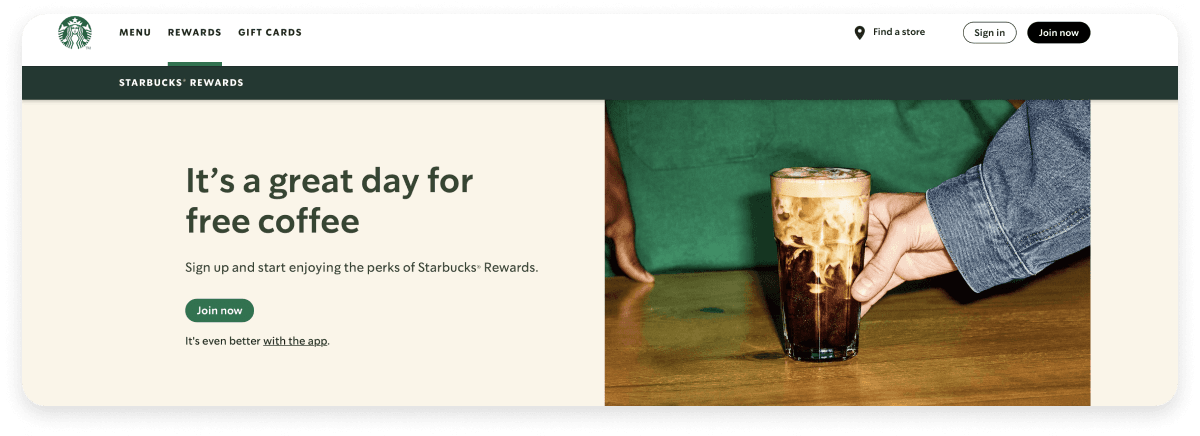
2. Netflix
Netflix’s advanced algorithm curates content tailored to individual preferences, driving 80% of its content views. It uses customer behavior, such as viewing history, to predict what customers would like to see next and even displays personalized thumbnails to engage users effectively. These personalized experiences drive engagement and loyalty and reduce churn.
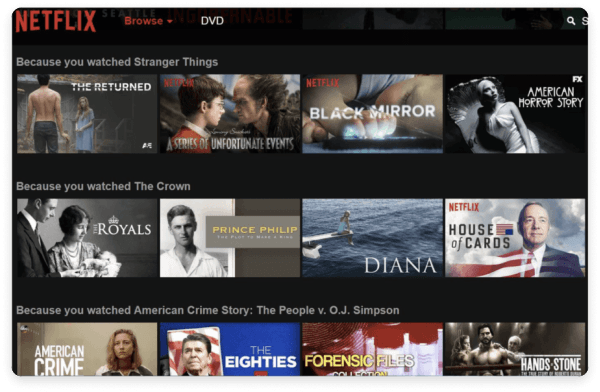
3. Duolingo
Duolingo has successfully incorporated gamification into its language learning model. The app includes features like levels, rewards, and streaks, which make learning enjoyable and motivate users to return daily. These elements create a sense of achievement, driving users to keep learning and maintain consistent engagement. A study from 2021 found that 80% of language students enjoyed using Duolingo because of its gamification!
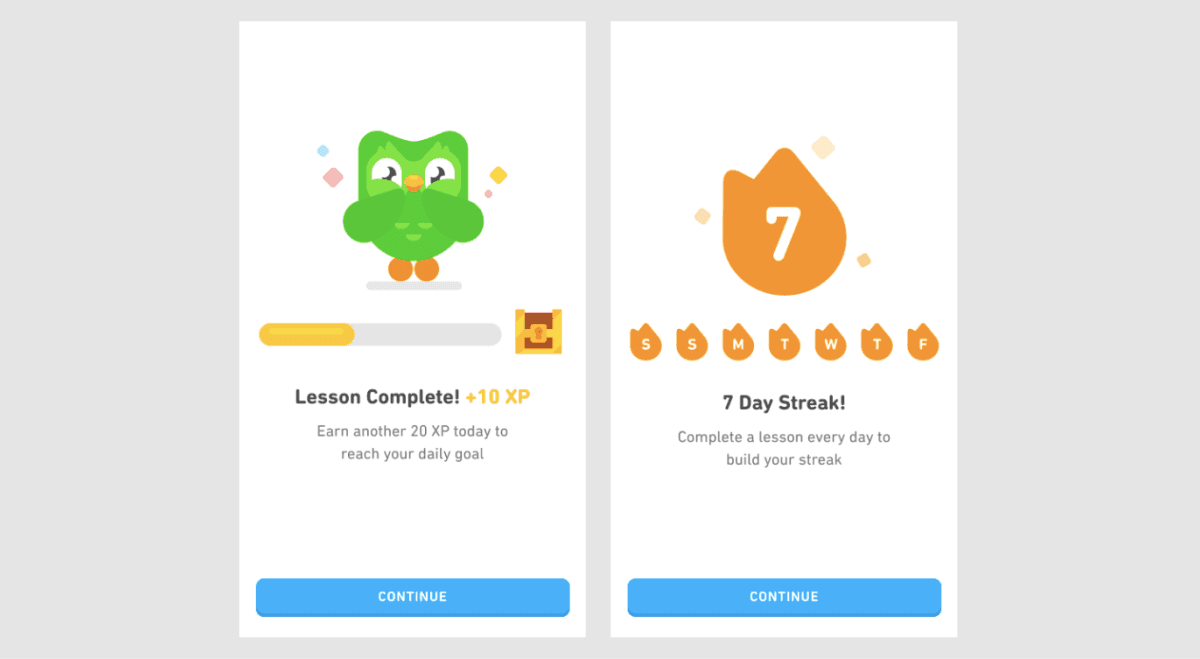
4. Nike
The Nike Run Club app strengthens its community by engaging users in challenges and shared achievements, motivating them to push their limits. This app not only tracks individual progress but also fosters interaction, helping build a supportive fitness community. Members of the Nike Run Club app gain access to tailored recommendations and exclusive events. According to research, 79% of Nike consumers cite these community-driven features as a key reason for their brand loyalty.
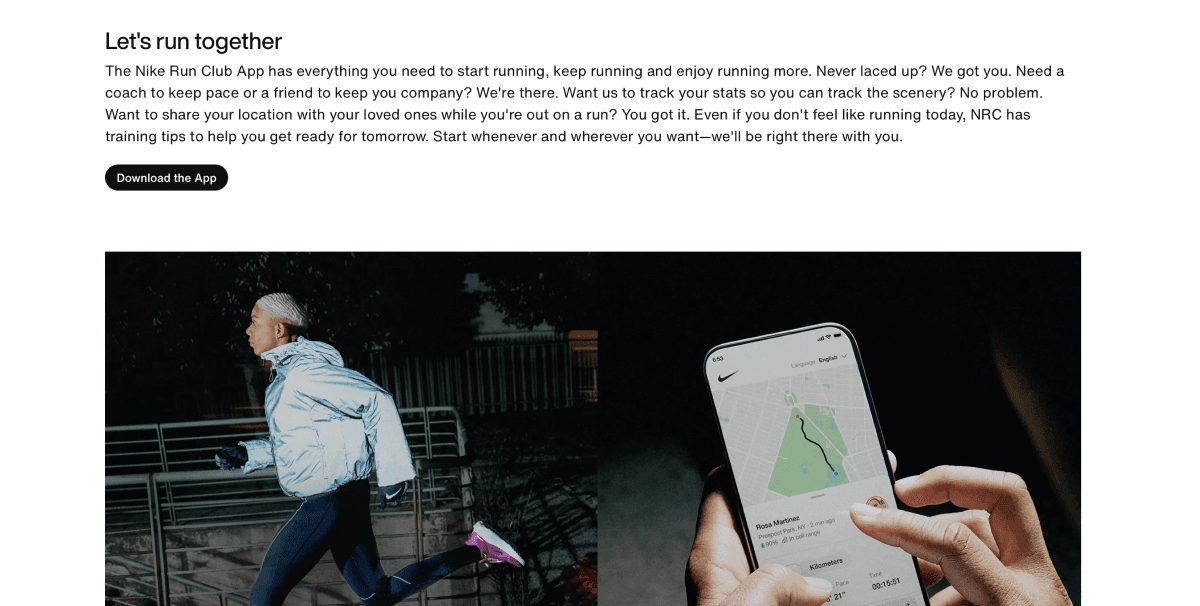
5. Sephora
Sephora revolutionized the online shopping experience with its virtual try-on tools, which allow customers to experiment with makeup products digitally. These interactive features significantly impact sales and engagement, increasing online makeup sales by 35%. By combining in-store and online experiences with innovative technology, Sephora effectively captures the interest of tech-savvy consumers, making the buying process both engaging and convenient.
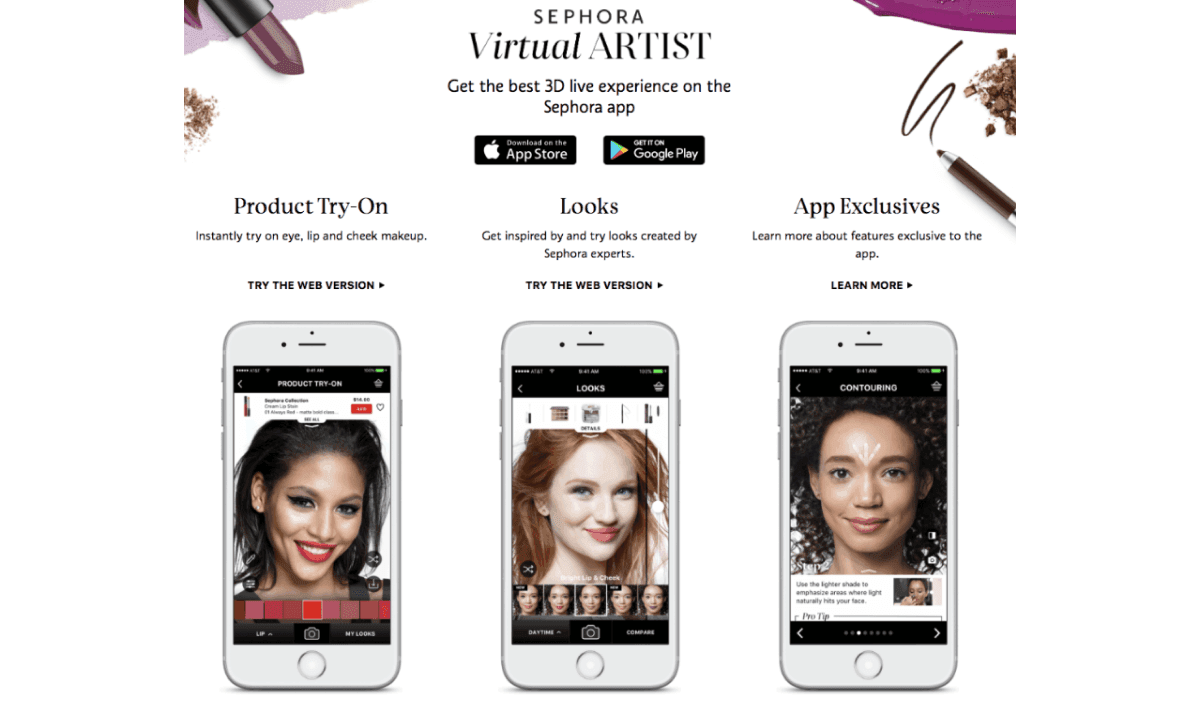
6. Spotify
Spotify's Yearly Wrapped campaign is a standout example of personalized engagement. By showcasing users' listening stats in a visually appealing and interactive format, it sparks conversations and encourages social media sharing, driving retention and brand advocacy. In December 2020, Spotify Wrapped boosted mobile app downloads by 21% in the first week alone. This strategy complements Spotify's existing approach of recommending not just songs but also dynamic playlists, stations, and more.
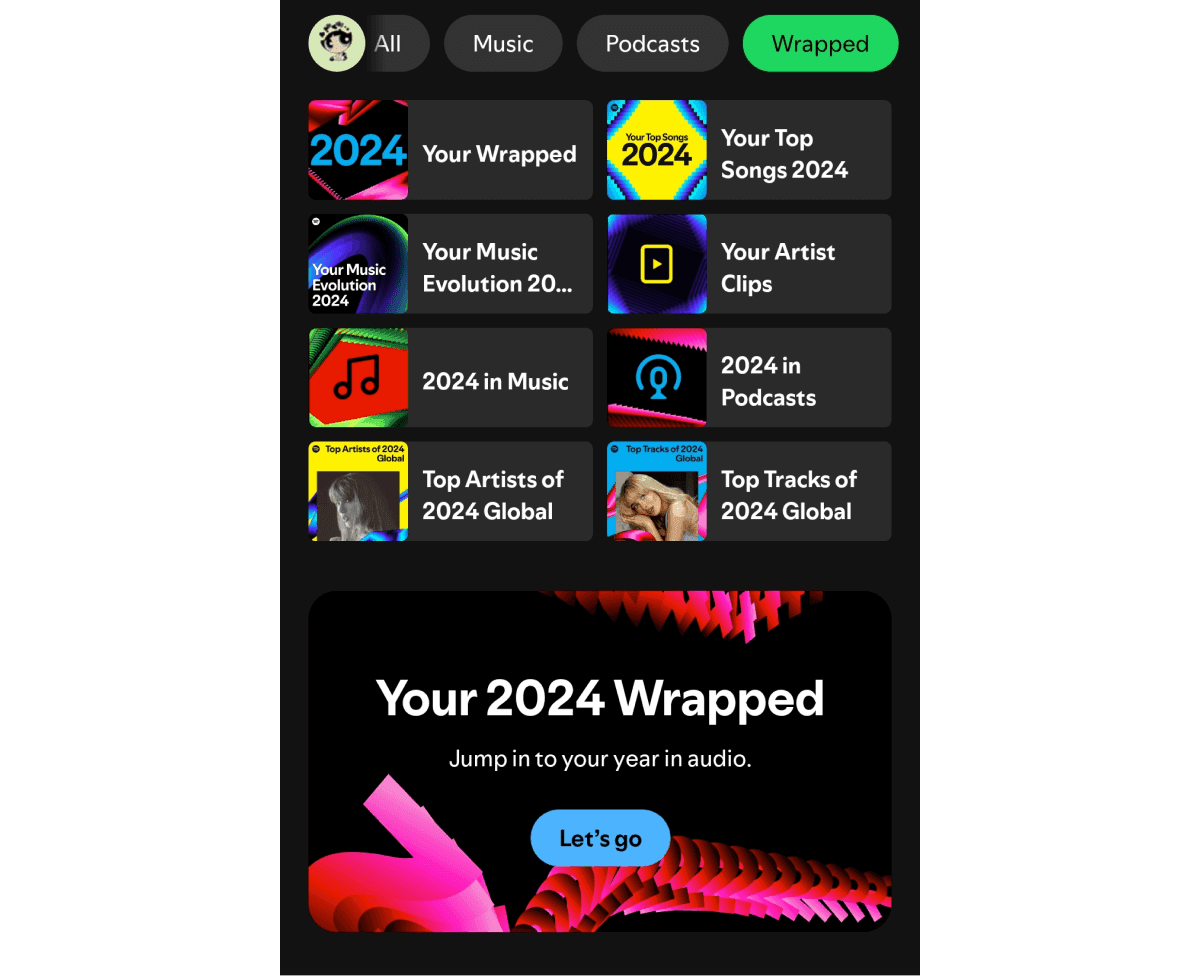
7. Zomato
Zomato uses witty and relatable push notifications to engage users, enhancing its brand personality and creating a memorable user experience. For instance, Zomato's playful tone has increased user interaction, as recipients are more likely to open the app after receiving notifications that resonate with their moods or daily experiences. These humorous messages entertain while subtly encouraging app usage, and the tailored offers based on users’ ordering habits create a sense of exclusivity. Seasonal campaigns, like festive discounts or limited-time promotions, add urgency and relevance, further boosting user interaction.
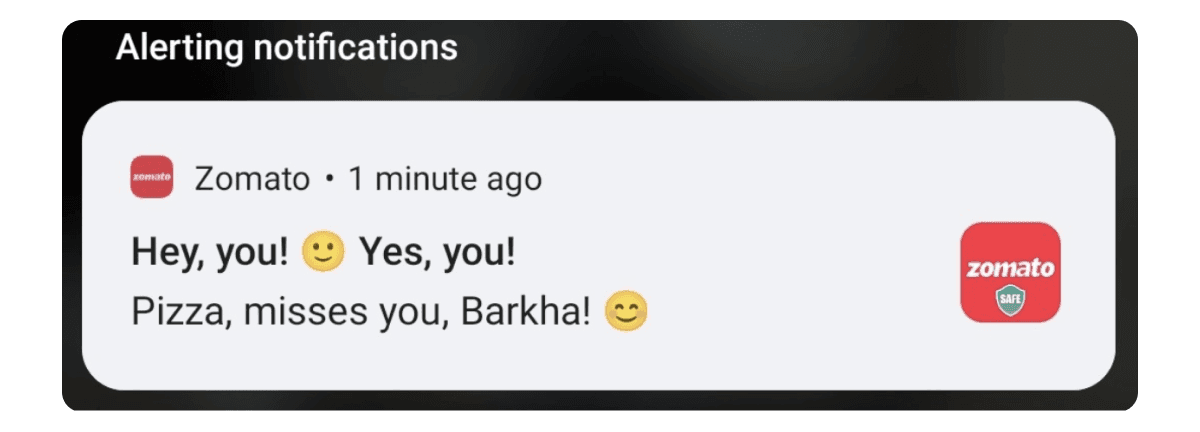
Key takeaways from these examples
Run a loyalty program: Reward customers with points or perks they can redeem to boost retention.
Leverage AI and ML: Analyze customer behavior to predict future behavior and offer personalized recommendations.
Incorporate gamification: Use game elements like levels, rewards, and streaks to keep customers engaged.
Build a community: Engage users through challenges and shared experiences to foster loyalty. Showcase user-specific stats or content to encourage sharing and advocacy.
Use interactive tools: Offer virtual try-ons or innovative features to enhance the shopping experience.
Combine humour with offers: Send relatable, witty notifications paired with personalized discounts to drive engagement.
Increase customer engagement with Mailmodo
If you’re looking for a powerful way to engage your customers, email marketing is an excellent choice. Mailmodo makes it even easier by allowing you to create highly engaging email marketing campaigns with interactive widgets that captivate your audience. Here are some features that Mailmodo has to offer that could take your customer engagement to the next level:
Interactive emails: Enable customers to take actions like filling out forms, completing surveys, or making bookings directly within the email.
A/B testing: Test variations of subject lines, content, or designs to find what resonates best with your audience.
Send time optimization: Maximize open rates by scheduling emails to land in inboxes when recipients are most likely to engage.
Email analytics: Track key metrics like open rates, click-through rates, and conversions to understand which strategies resonate best with your audience and double down on them.
Email gamification: Add fun elements like quizzes, spin-the-wheel games, or challenges to boost interaction and retention.
Create and send interactive emails without coding in minutes
Conclusion
The examples shared in this article highlight that effective customer engagement thrives on creativity, innovation, and understanding customer needs. Learn from these successful strategies, tweak them to suit your unique goals, and adapt them to your operations to boost customer satisfaction and loyalty. To further enhance engagement, consider using Mailmodo to run interactive and personalized email marketing campaigns that keep your customers connected and engaged.









